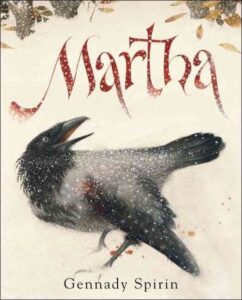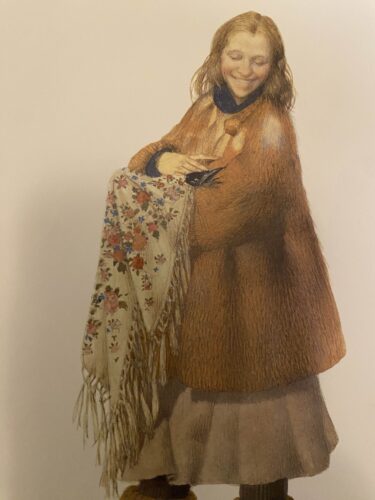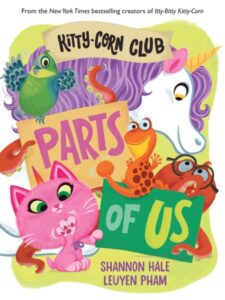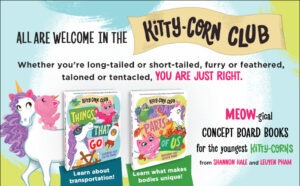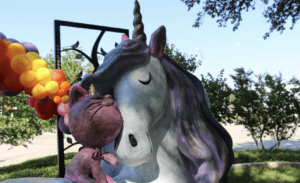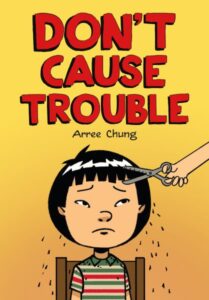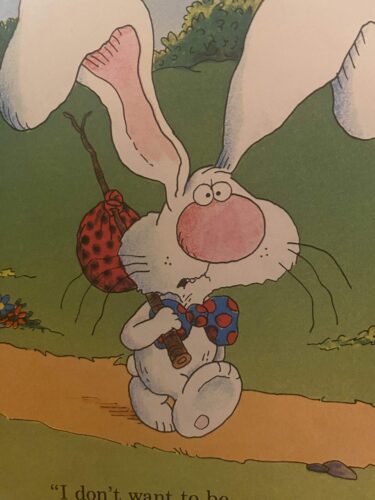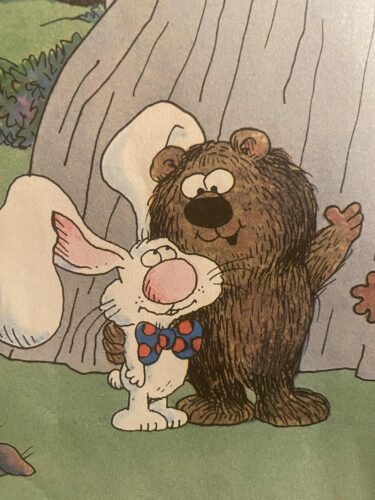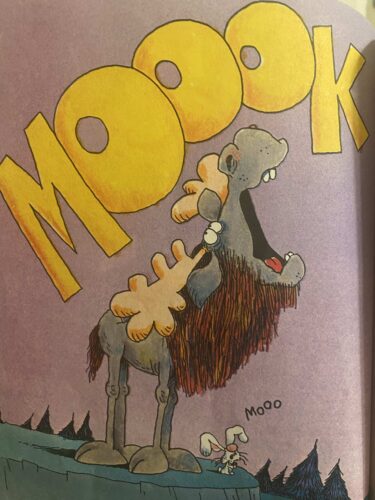Recently Kirkus Reviews came up with their own list of the Best Books of the 21st Century (So Far). And it seemed to me that it would be a good idea if we tackled one of those books that neither of us knew. Looking into it, they included the 2005 title Martha by the illustrious and highly talented Gennady Spirin. This autobiographical title was never placed in the nonfiction section of any library, but it would fit in there perfectly by today’s standards.
Listen as we repeatedly mispronounce the creator’s name (and then sloooowly get it correct), compare him to Hodor (but with better hair), talk fussy eating, and how if this book was produced today there would definitely have some backmatter urging you not to pick up crows.
Listen to the whole show here on Soundcloud or download it through iTunes, Stitcher, Spotify, Google Play, PlayerFM, Audible, Amazon Music, or your preferred method of podcast selection.
Show Notes:
Here is the interview we conducted with our local Evanston Roundtable.
I am serious. If ever you need to pronounce a children’s book creator’s name, check in with teachingbooks.net.
I know two things when I look at this image. 1: Gennady Spirin adores his wife, cause she looks gorgeous. 2. Look at the DETAILS on that shawl!!
This 1980s Russian vet line is right out of Norman Rockwell. Everyone’s doing something and everyone has a story.
And this guy? Something’s going on with this guy. No idea who he is.
Meet the mostly kindly killer you’ll ever encounter in a picture book.
This shot really struck me as a true self-portrait. That the crow climbed onto Spirin’s head and he was able to capture the moment. And for fun, let’s do a comparison with Hodor, as Kate suggests:
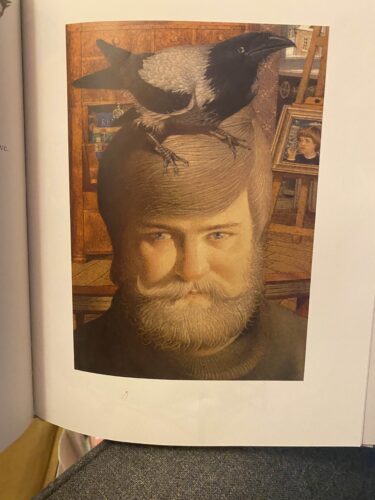
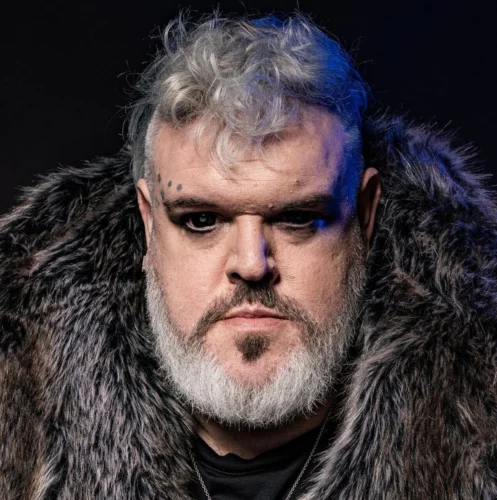
It was my husband who pointed out that Ilya’s hockey jersey here may carry the key to when this book takes place. IF you know your history…
Kate Recommends: Do Not Attempt on National Geographic (and, hence, Disney Plus)
Betsy Recommends: This piece in The Stranger about the gophers and Mt. St. Helen’s. PLEASE, I beg you, SOMEBODY turn this into a nonfiction picture book!!
